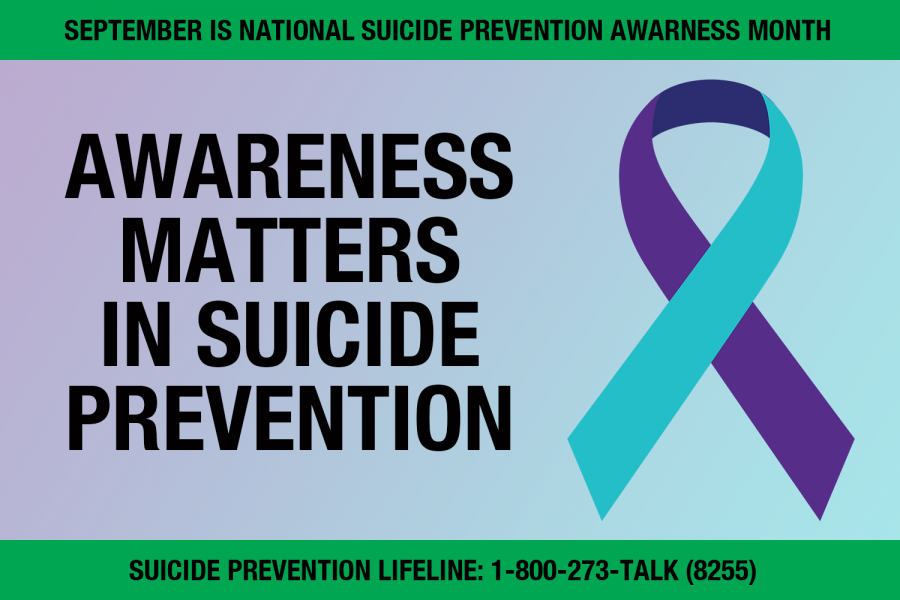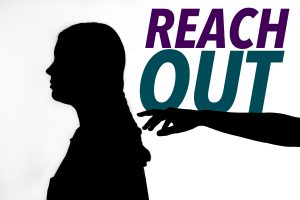Warning of the invisible beast
Awareness includes recognizing signs of suicidal thoughts
September 10, 2020
Suicidal tendencies in people all over the United States have risen in recent years. According to the National Institute of Mental Health, suicide has become the 10th leading cause of death in the U.S. alone.
This is especially true when it comes to teenagers. Between toxic social media pointing out every flaw in teens to self-inflicted abuse, suicide has become the second leading cause of death among individuals between the ages of 10 and 34.
The outside forces that constantly hammer at the sanity of these innocent teens are relentless. The internet trolls with their never ending stream of toxic comments hide like cowards behind the screen. “You are worthless.” “No one wants you here.” “KYS.” Those few letters on the keyboard are used to attack the unjustly persecuted with no solid reason for this witch hunt.
We are told from a young age that sticks and stones may break our bones, but words will never hurt us. What they don’t tell you is that bones heal. Those words, they fester. They sting. They burn. An unreachable rash in the mind that is hardly ever soothed. This rash has spread to the pure minds of countless teens in the U.S.
Though outside forces play a large part in this torture, they are not the only factor. One must consider the self harm that goes on inside the heads of these victims.There are 3.2 million adolescents between the ages of 12 and 17 that were recorded to have shown signs of depression, according to a 2017 survey. Of these millions of cases, 60.1% of the teens go untreated and suffer internally and alone.
Unfortunately, many mental signs can go unnoticed. With that said, there are also numerous mental signs that can manifest physically:
- Changes in eating and/or sleeping habits (meaning lack of, increased intake, and sporadic patterns of them)
- Changes in attitude or personality, like becoming more aggressive and agitated or quieter and more reserved
- Withdrawing oneself from family and friends
- Increases in paranoia and panicky tendencies
- Talking or writing about depression or suicide (even in a joking manner)
- Emotionlessness to triggering scenarios
- Lack of and dropping of activities (grades in school, sports, hobbies, etc)
Source: stanfordchildrens.org
Some signs may not show immediately, but more likely gradually. This gradual change in behavior may be unseen by those the victim is surrounded by because the victim chooses to hide some of these changes. Checking in on someone who is suspected to be suicidal can be beneficial, not only to the teen suffering but also to their loved ones by helping them better understand what is going on inside the mind of the victim.
This isn’t a one-size-fits-all scenario. Suicide is an invisible beast whose marks aren’t seen until the young adult has already fallen into the beast’s ever-widening grasp. Though this beast is hard to see, its tricks can be spotted and the victim can be pulled away from the cold beast.
National Suicide Prevention Lifeline: 800-273-8255















